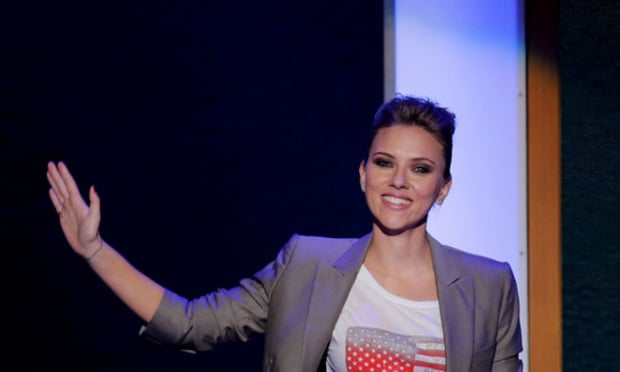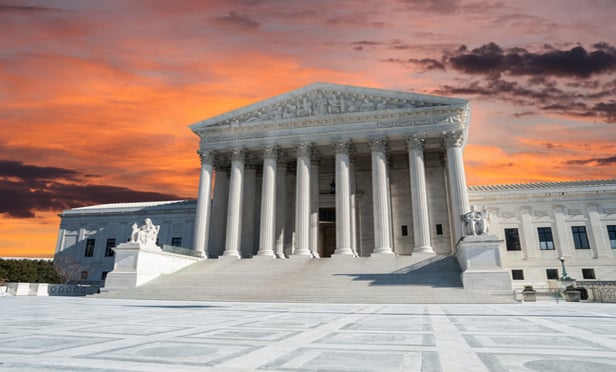Columns & Departments
Fresh Filings
Notable recent court filings in entertainment law.
Columns & Departments
Players On the Move
A look at moves among attorneys, law firms, companies and other players in entertainment law.
Columns & Departments
Bit Parts
Music Publishers' Nashville Lawsuit Over Alleged Use of Lyrics in AI Generative Program Is Sent to California Federal Court New York Appellate Court Affirms Dismissal of Fashion Model's Publicity Right Claim Over Ralph Lauren Documentary New York Federal Court Applies Written Contracts Clause to Determine Intent in Implied TV-Distribution License Dispute
Features

LJN Quarterly Update: 2024 Q1
Highlights some of the in-depth analysis and insights from lawyers and other practice area experts from the nine LJN Newsletters titles over the first quarter of 2024.
Features

I Got Royalties, Babe: L.A. Federal Court Sides With Cher On Income from Sonny's Song Interests
The U.S. District Court for the Central District of California has decided that the termination by Mary Bono of grants made by her late husband Sonny Bono under the copyright-assignment termination provision of the Copyright Act didn't affect royalty rights under a 1978 marital settlement agreement between Sonny and ex-wife Cher.
Features

Lawyers' Views on Voice Dust-Up Between Scarlett Johansson and OpenAI
Actress Scarlett Johansson has threatened the generative software company OpenAI with legal action. And intellectual property lawyers have many thoughts about who might win, whether there's even a legal claim to be made and what it all means.
Features

Voice Actors' Class Action Challenges AI Use of Their Voices
LOVO, an artificial intelligence company focused on voice generation, has been hit with a proposed class action lawsuit, with the plaintiff voice actors arguing they have not been properly compensated for the use of their voices.
Features

U.S. Supreme Court Decides Copyright Damages-Lookback Issue But Not Discovery-of-Infringement Rule
In a 6-3 majority decision, the U.S. Supreme Court has resolved a copyright question that generated conflicting results in the U.S. Courts of Appeal for years. But as a forceful dissent pointed out, the court left open a more fundamental issue that could render the entire question moot.
Columns & Departments
Fresh Filings
Notable recent court filings in entertainment law.
Columns & Departments
Players On the Move
A look at moves among attorneys, law firms, companies and other players in entertainment law.
Need Help?
- Prefer an IP authenticated environment? Request a transition or call 800-756-8993.
- Need other assistance? email Customer Service or call 1-877-256-2472.
MOST POPULAR STORIES
- Use of Deferred Prosecution Agreements In White Collar InvestigationsThis article discusses the practical and policy reasons for the use of DPAs and NPAs in white-collar criminal investigations, and considers the NDAA's new reporting provision and its relationship with other efforts to enhance transparency in DOJ decision-making.Read More ›
- Surveys in Patent Infringement Litigation: The Next FrontierMost experienced intellectual property attorneys understand the significant role surveys play in trademark infringement and other Lanham Act cases, but relatively few are likely to have considered the use of such research in patent infringement matters. That could soon change in light of the recent admission of a survey into evidence in <i>Applera Corporation, et al. v. MJ Research, Inc., et al.</i>, No. 3:98cv1201 (D. Conn. Aug. 26, 2005). The survey evidence, which showed that 96% of the defendant's customers used its products to perform a patented process, was admitted as evidence in support of a claim of inducement to infringe. The court admitted the survey into evidence over various objections by the defendant, who had argued that the inducement claim could not be proven without the survey.Read More ›
- The DOJ's New Parameters for Evaluating Corporate Compliance ProgramsThe parameters set forth in the DOJ's memorandum have implications not only for the government's evaluation of compliance programs in the context of criminal charging decisions, but also for how defense counsel structure their conference-room advocacy seeking declinations or lesser sanctions in both criminal and civil investigations.Read More ›
- The DOJ's Corporate Enforcement Policy: One Year LaterThe DOJ's Criminal Division issued three declinations since the issuance of the revised CEP a year ago. Review of these cases gives insight into DOJ's implementation of the new policy in practice.Read More ›
- Strategy vs. Tactics: Two Sides of a Difficult CoinWith each successive large-scale cyber attack, it is slowly becoming clear that ransomware attacks are targeting the critical infrastructure of the most powerful country on the planet. Understanding the strategy, and tactics of our opponents, as well as the strategy and the tactics we implement as a response are vital to victory.Read More ›
